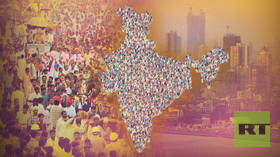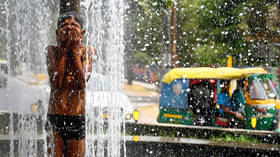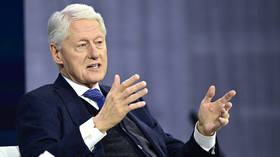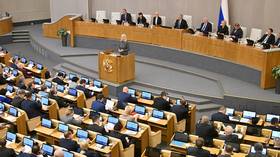A NEET mess: How irregularities in one of India’s most important exams upended the country

Medicine, often called the “noble profession” in India, has a national cult status. A doctor has social respect and a relatively high income in a country of 1.4 billion people where 800 million receive subsidized foodgrains.
This year, 2.4 million students – a number greater than the populations of 45 of the world's smallest countries – sat for the country’s centralized medical entrance examination, the National Eligibility-cum-Entrance Test (NEET), held in 571 cities (including 14 international locations), on May 5.
However, on June 4, ten days before the results were scheduled to come out, and on the day when when the parliamentary election vote count was concluded (reducing the ruling Bharatiya Janata Party from a single-party majority to leading a coalition government), the NEET results were announced.
There was turmoil over leaked question papers and marking irregularities, and the whiff of a scam. Students throughout India felt cheated by the National Testing Agency (NTA), which conducted the test.
It was not an auspicious start to Prime Minister Narendra Modi’s third term.
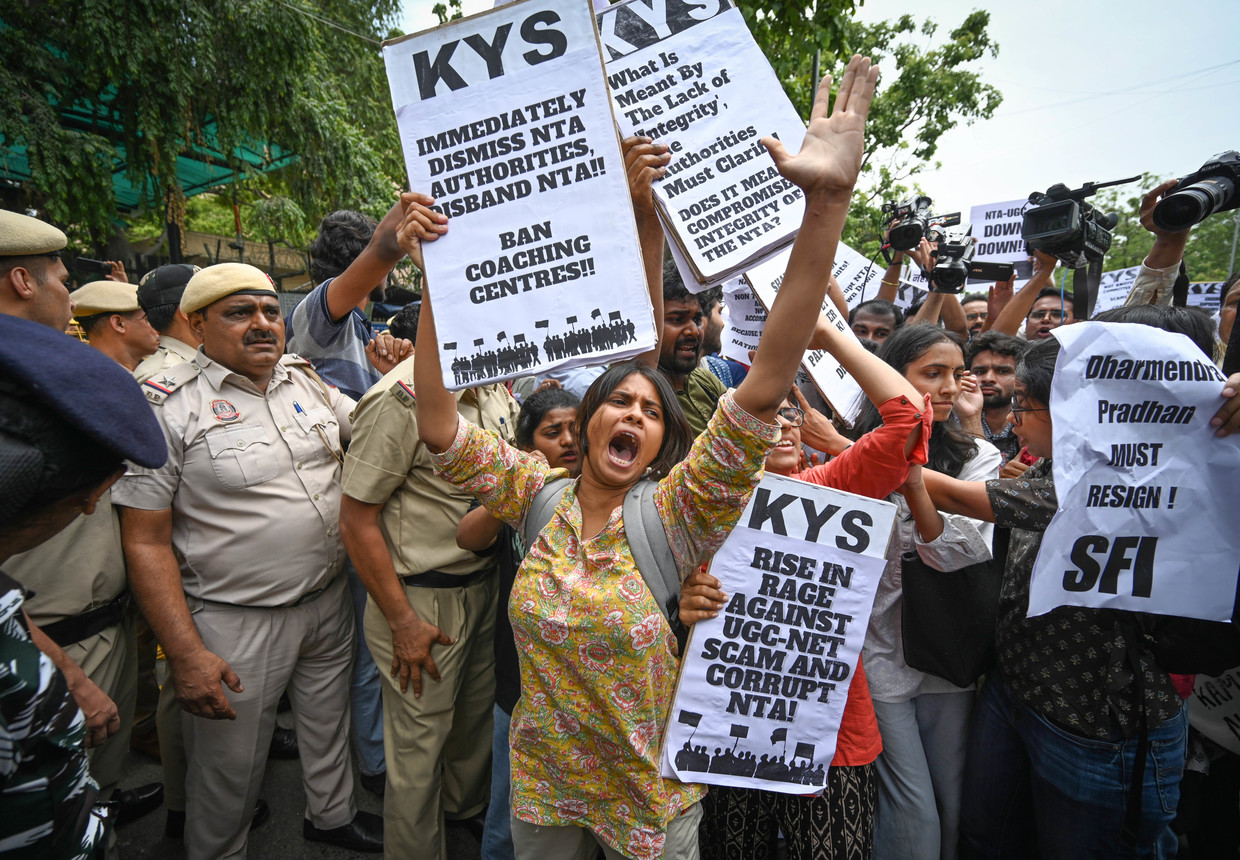
Take the case of S. (identity protected on request), who barely slept for a year because she was chasing her dream of becoming a doctor.
Housed in a hostel attached to a coaching centre in a city away from her hometown, the 19-year-old worked over 13 hours a day, sleeping for just two hours some nights, or skipping sleep altogether. She scored 586 out of 720 in the NEET, enough for admission to any government-run medical college in previous years – but not in 2024.
The opposition Indian National Congress termed the early announcement of the results “a mystery”. Its leader, Rahul Gandhi, said the irregularities devastated more than 2.4 million students.
Such is the political sensitivity to this topic affecting students that even the BJP’s student wing, the Akhil Bharatiya Vidyarthi Parishad (ABVP, or All India Students Council), has distanced itself from the government, saying the authorities must answer the public.
The Opposition parties, emboldened by the recent parliamentary election results, held a nationwide protest on Friday, June 21. The opposition Aam Aadmi Party (AAP) demanded a Supreme Court-monitored probe into the exam’s irregularities.
Rahul Gandhi took on Modi’s government on June 4, claiming the prime minister was not “bothered”. The education minister, Dharmendra Pradhan, accepted “moral responsibility” and set up a high-level inquiry.

Adding to the mess, the testing body on June 19 cancelled the University Grants Commission National Eligibility Tests (UGC-NET), mandatory for those seeking university teaching jobs, and held a day earlier, citing possible irregularities.
About 900,000 examinees will have to retake the test.
A murky tangle of irregularities
Aspirants mostly leave home to join coaching centres in cities, going through rigorous training and pressure in preparing to take the standardized exam. Parents pay through their noses for coaching. Some pass on the first attempt while others have to repeat or re-repeat. For them, it is do-or-die.
The NEET result this year evoked a strong response for an unusually high number of students achieving perfect scores. And there is an inquiry into a leaked question paper in the state of Bihar, where four examinees said the paper was given to them a month earlier, and that they memorized the answers the night before.
The results showed that 67 students achieved a total score of 720 which is unusual and unprecedented in NEET’s history. Students at a centre in Rajasthan even reported that they were given question papers with pre-marked answers which were subsequently taken back. Numerous toppers of the year are from the same examination centre.
Some students also received mathematically impossible scores of 717, 718, and 719. The logic is it’s four marks for an answer and even if one answer is wrong, the score would be 715, losing one additional mark for giving the wrong answer. If a single question is left unanswered, the total score would be 716, not 717, 718, or 719.
These “impossible” scores led to concerns regarding the fairness of the validation process.
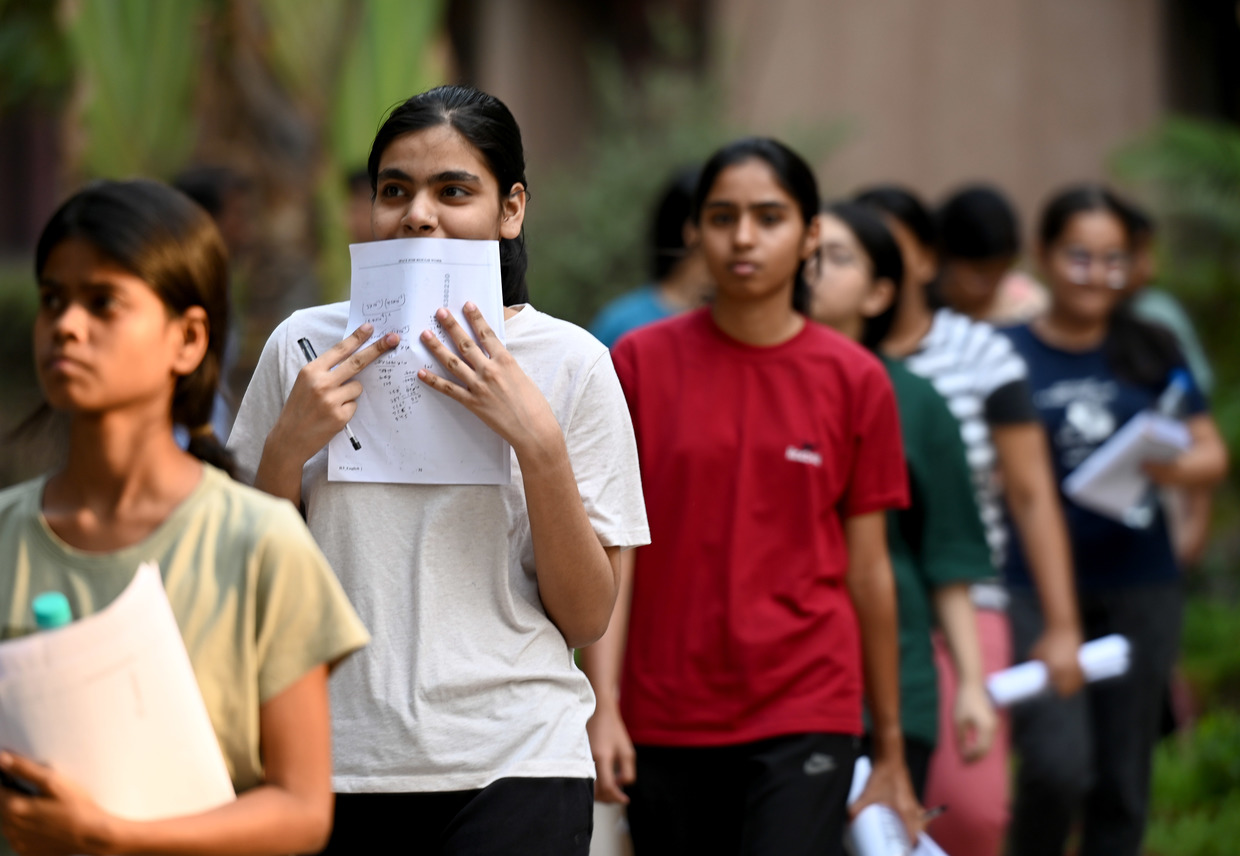
Moreover, the NTA awarded grace marks to 1,563 students claiming that it was either to compensate for lost time at some centres or because of the issues arising from the old and new NCERT (National Council of Educational Research and Training) textbooks used by students.
The power of numbers
“They (the NTA) are not right,” S. told RT. “Awarding the grace marks felt even more problematic. The total duration of the exam is three hours and 20 minutes. Each student might lose 10 to 20 minutes for marking attendance, because of incapable invigilators, etc. Hence all students prepare and coaching centres train them to wrap up the exam in three hours, going by this the NTA should give grace marks to all,” she said.
S. believes there is no justification for grace marks to some. “Moreover, the NTA has not explained properly how the ‘time was lost’ (for the 1563 students).”
The NTA being benevolent to some, students like S. who got fair scores are left in the lurch. “Had I had scored 586 in 2023, my rank would have been 26,000 and I would have easily been admitted to a government college. This year (with the unusually high score for a large number of students) my rank stands at 96,000 while that of a student with 587 marks is 80,000. Even one mark makes a huge difference,” she said.
On exam day (May 5), S. saw a social media post that the question paper had been leaked. She was relieved when the NTA issued a circular categorically denying any ‘leak.’
However, the NTA’s hurried announcement of results opened a can of worms. “The final answer key was published on June 4 and it took just hours to announce the result in the evening of more than 24 lakh (2.4 million) students,” S. asked.
“On June 4 my family was glued to the TV to watch election results. Is it so easy to evaluate the answer papers, to announce the results so soon?”
Tamil Nadu vindicated
When the Education Ministry canceled the UGC-NET exam on June 19, just a day after the testing was conducted, it sparked nationwide protests. Several dozen students were detained outside the ministry and the residence of Education Minister Dharmendra Pradhan in the national capital.
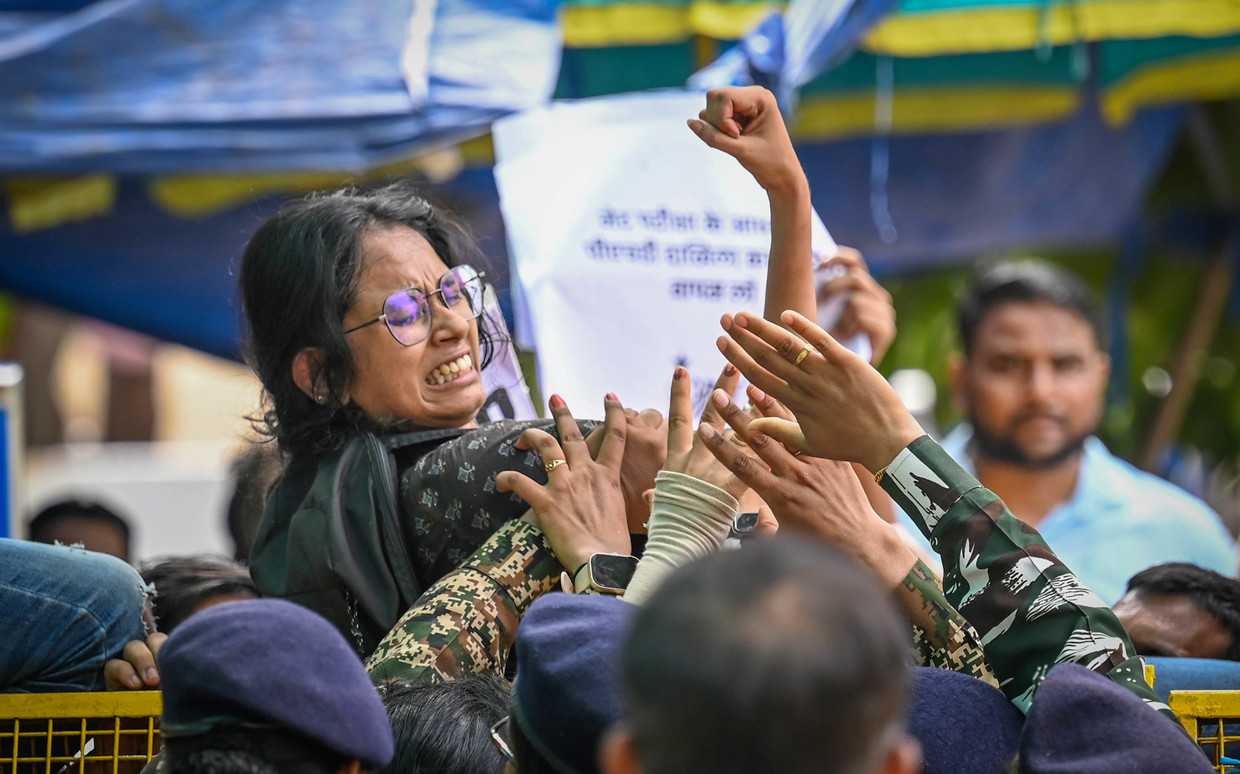
Congress party president Mallikarjun Kharge accused the government of “covering up the NEET scam” through Pradhan and the NTA.
“If the paper was not leaked in NEET, then why were 13 accused arrested in Bihar?” Kharge wrote in a post on X. “Did the economic offences unit (EOU) of the Patna police not expose the payment of 3 to 5 million rupees ($36,000 to $60,000) to the education mafia and organised gangs involved in the racket in exchange for papers?”
The NEET mess vindicated the stand of the southernmost state, Tamil Nadu, which has been against the exam since the current government took power in 2021. The state government argues that the exam goes against the interest of social justice, favouring affluent and upper-caste students.
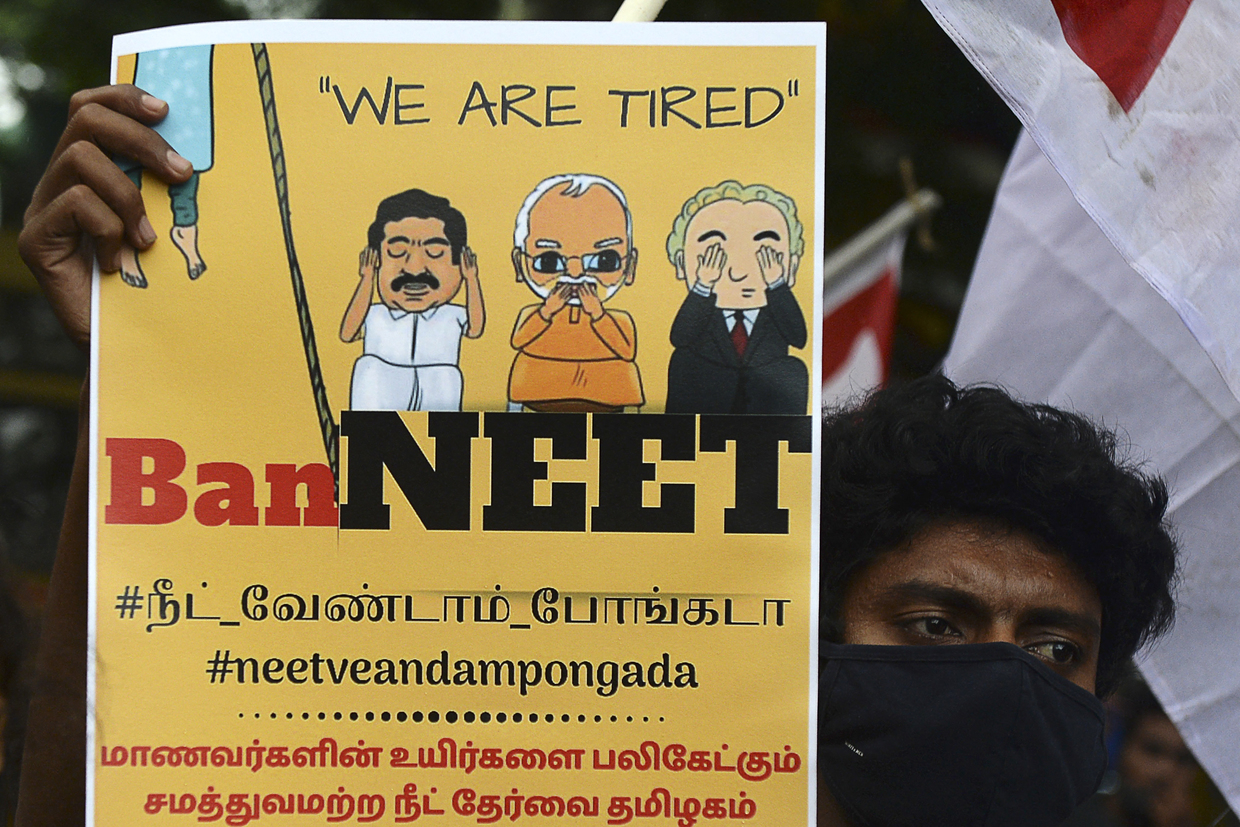
’Sad state of affairs’
Scores of aggrieved students moved India’s Supreme Court against the NTA; the court on June 18 rapped both the central government and the NTA, saying that even if there is 0.001% negligence on the part of anyone, it should be thoroughly dealt with.
The court ordered the NTA to take responsibility for any negligence in the conduct of the exam and also instructed it to conduct a retest of the 1,563 candidates who were awarded compensatory marks. The court expressed concern over students indulging in illegal and corrupt means to get admission to MBBS courses, saying it was deleterious to society.
Meanwhile, a candidate in India’s largest state, Uttar Pradesh, submitted forged documents at the Allahabad High Court with a writ petition claiming that the NTA failed to declare her result and the OMR (Optical Mark Registration) sheet was found torn. The court dismissed the petition terming the situation a ‘really sorry state of affairs’.
This is besides the situation of those students who died by suicide before the exam because they couldn’t stand the pressure. And many feel the system has failed them.
‘Demotivating’
“The controversy is affecting us,” Reshma (name changed), the mother of Bangalore-based C. (identity protected), told RT. “Our daughter had put in a lot of effort, we thought that it was all good and it was shocking when the controversy erupted. We didn’t expect this, this is demotivating, and it’s affecting students’ careers.”
C. was coaching at a well-known centre in Bangalore, Karnataka. “She was working hard, she invested two years in the curriculum and we also spent a lot of money on the coaching and went through hardship. She was admitted to the coaching centre after she completed her 10th standard and she appeared for the exam after 12th,” Reshma says.
Her husband Sibi (name changed) initially read news of the paper leak. “Now it is turning out to be a scam,” he said. “My daughter’s score, 305, is not good enough for a seat, but she used to get higher scores in the coaching institute’s internal exam.” The family feels overwhelmed.
C. has dropped her medical dream and now plans on an engineering course, her second choice.
Too many chasing too few places
The number of NEET applicants has doubled from 1.2 million in 2017 to nearly 2.4 million in 2024. NEET registration crossed 2.5 million this year, for the first time, 420,000 more than last year.
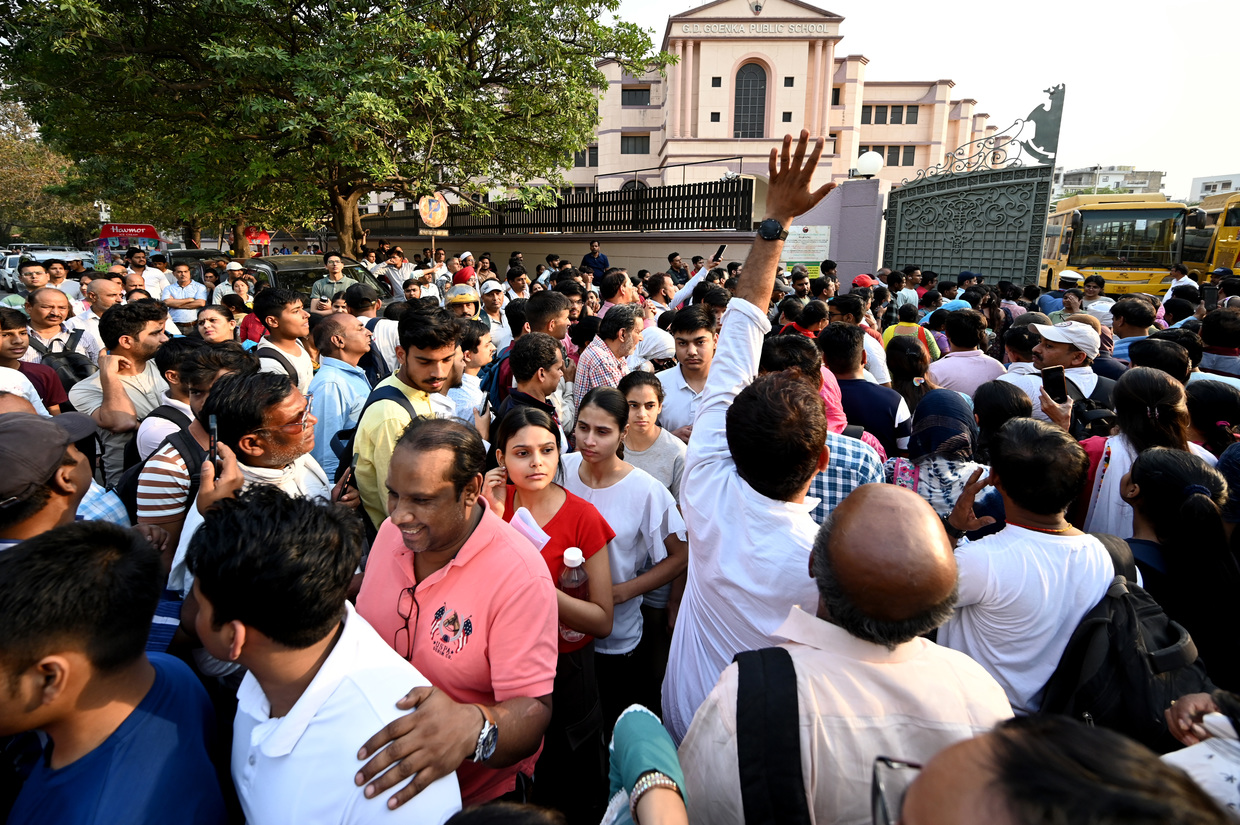
The candidates competed for about 200,000 seats – 109,000 in Bachelor of Medicine, Bachelor of Surgery (MBBS) and 26,000 in dentistry while the rest competed in Unani (Greek medicine), Homeopathy, Veterinary medicine, Ayurveda (an ancient traditional practice), and in nursing.
The inadequate number of seats in public institutions and the exorbitant fees at private medical colleges sometimes prompt MBBS aspirants to choose foreign universities. Overall, around 20,000 Indian students go abroad, preferring Russia, Georgia, Kyrgyzstan, Kazakhstan, Ukraine, and the Philippines among others.
The NEET conundrum has raised questions about the NTA’s accountability and competency. As S. observes, how the NTA resolves this “fiasco” is a big question mark.
